Are spring bulbs poisonous to pets? Experts discuss the dangers of these beautiful blooms
Spring bulbs lift the spirits after the dark winter days, but they pose a risk for four-legged friends
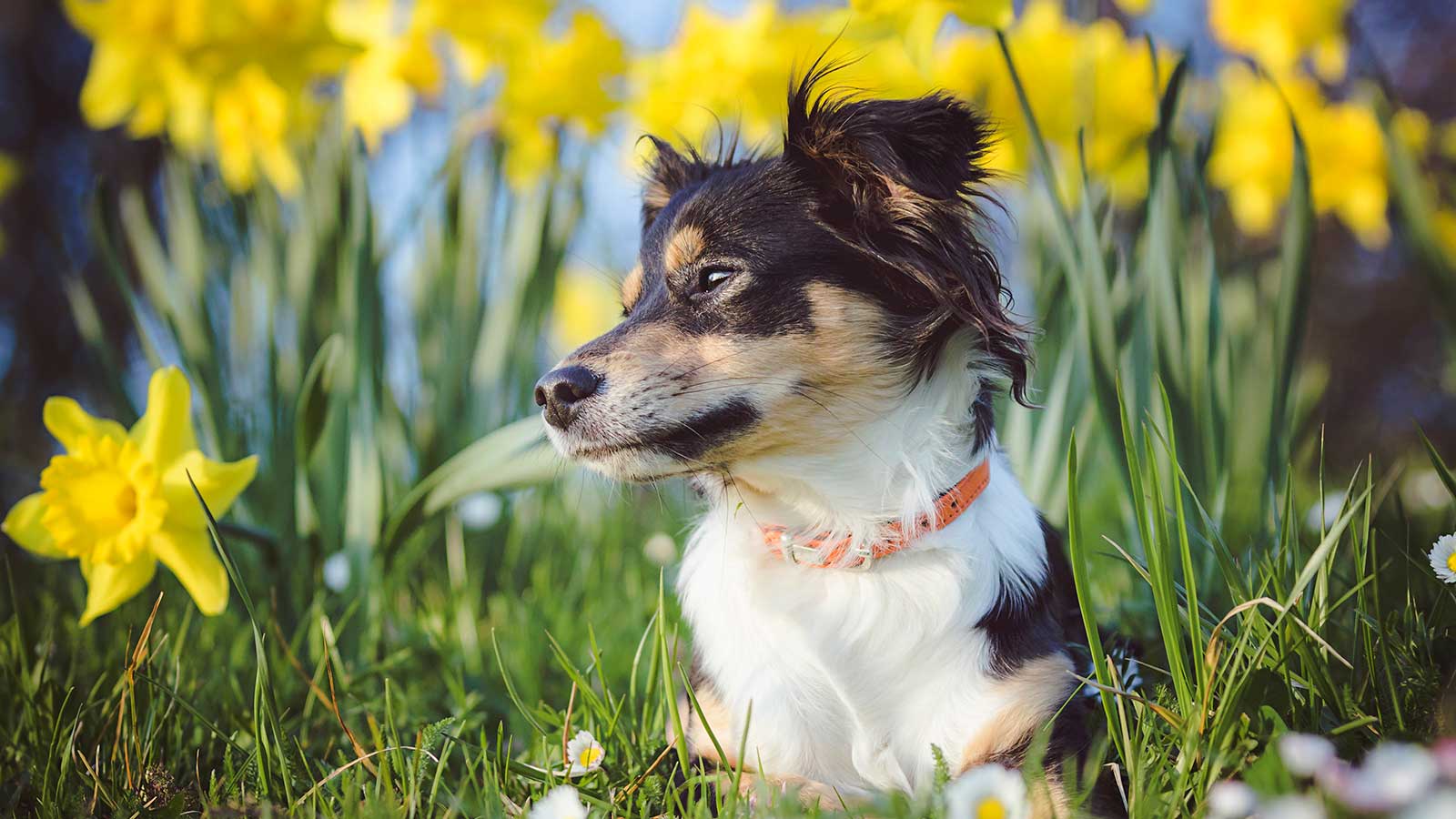

Q: I planted lots of spring bulbs in borders and pots last fall, including daffodils and tulips. I am looking forward to them blooming, but recently heard that they are poisonous for pets. I have a dog, so I’m a bit concerned – what precautions do I need to take?
A: With their glorious colors and promise of warmer days ahead, it’s no surprise that spring bulbs are loved by many – myself included. However, as pretty as they may be, bulbs are poisonous plants for dogs and cats. This means measures must be taken to keep pets safe, whether you’ve planted your bulbs in your backyard or are forcing them indoors for an early display.
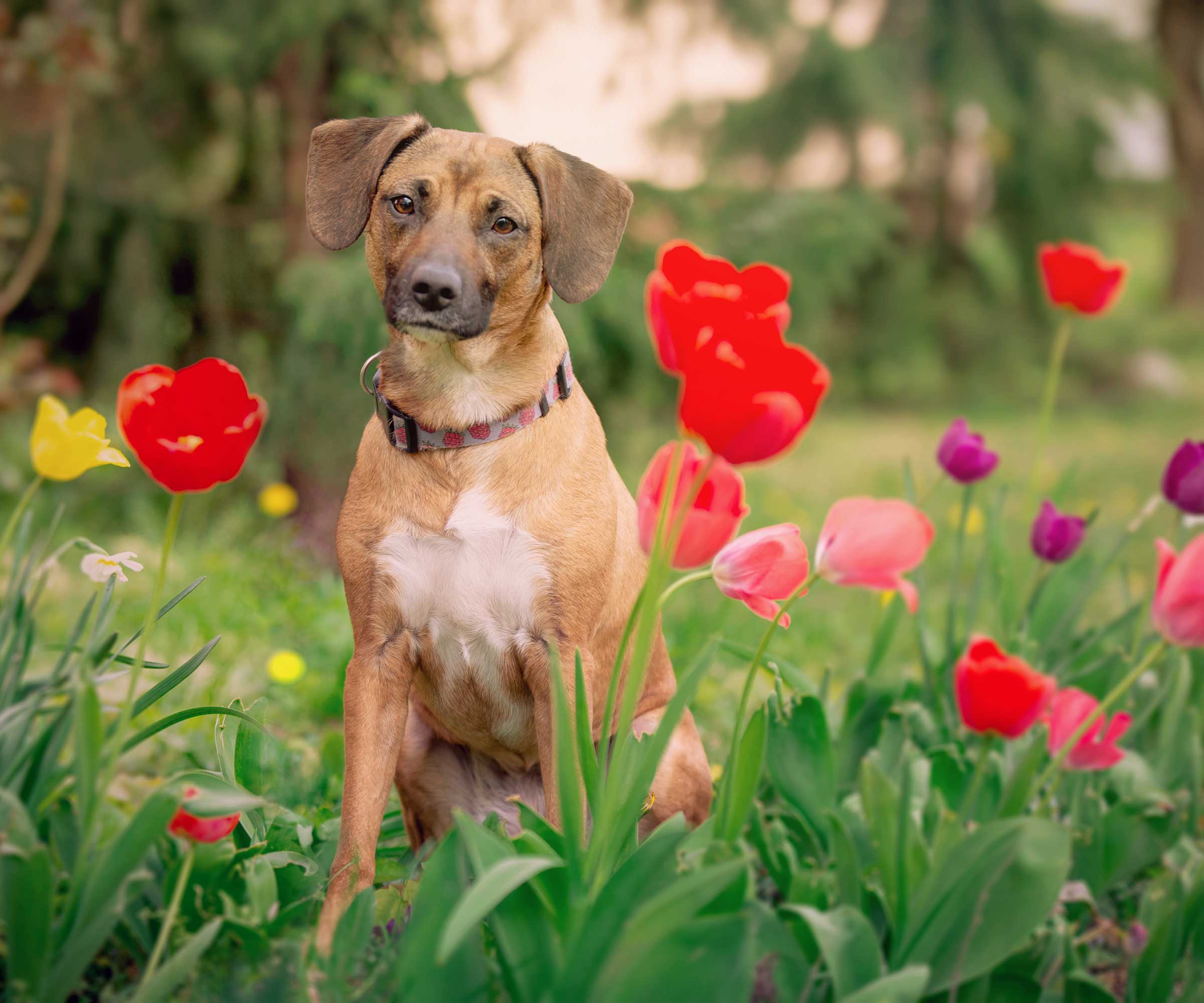
If you have pets, be cautious of planting bulbs in your backyard
The dangers of spring bulbs
All spring bulbs can be a health risk for four-legged friends. Commonly grown examples include crocuses, daffodils, tulips, bluebells, hyacinths, irises, and snowdrops.
All parts of the plants contain toxins, but these are concentrated in the bulbs, says Dr. Ray Spragley of Zen Dog Veterinary Care. Dr. Sabrina Kong, a senior veterinary contributor at WeLoveDoodles, says, 'Pets are naturally curious, or sometimes just plain bored, and they might dig up and chew on these bulbs.' The consequences can be serious.
‘Spring bulbs may cause gastrointestinal discomfort, drooling, vomiting, diarrhea, and ulceration of a pet’s mouth,’ Ray warns. ‘Daffodils are especially toxic because they can cause central nervous system depression, low blood pressure, and seizures,’ he adds.
In severe cases, poisoning from spring bulbs can lead to breathing and heart problems, and can even be fatal. 'If you ever think your pet has eaten something toxic, get them to the vet right away,' says Sabrina. 'Quick action can make a huge difference.'
Top tip: Lilies are super toxic, especially to cats, warns Sabrina. 'Even a little bit can cause kidney failure.'

Dr. Ray Spragley is the founder of Zen Dog Veterinary Care, a house-call veterinary practice that serves both New York City and Westchester pets.

Dr. Sabrina Kong graduated from the Royal Veterinary College in England in 2016 and has been working at a small animal clinic in Northern California since then. She also became a Certified Canine Rehabilitation Practitioner through a program at the University of Tennessee.
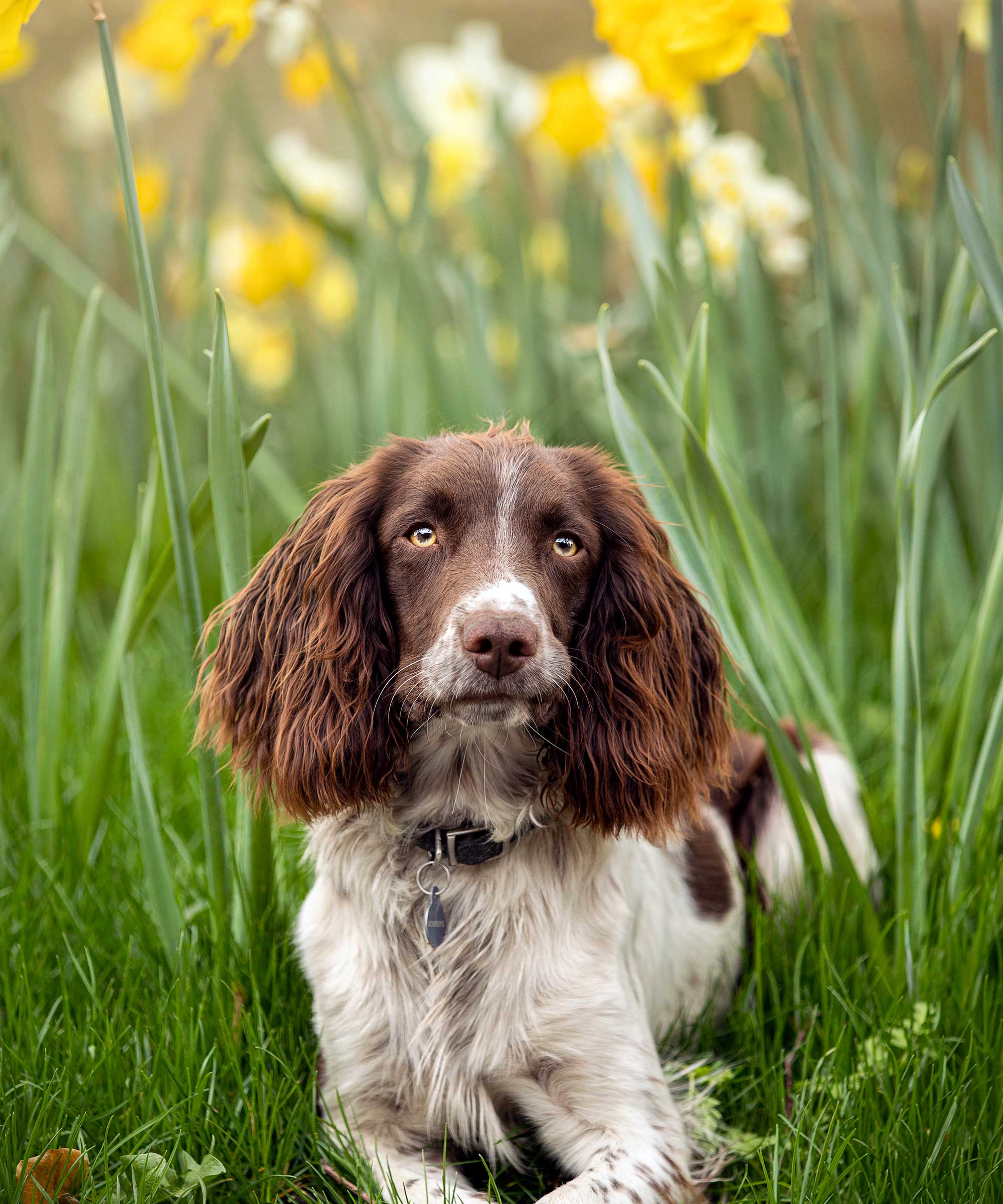
Daffodils can have serious side effects if ingested by your pet
Keeping your pets safe
'It’s important to be proactive to ensure your pet’s safety,' says Rebecca Sears, a gardening expert from Ferry-Morse. She advises keeping pets away from areas where spring bulbs are planted by installing barriers, such as dog-proof fencing.
'To create a truly safe environment for your pets, consider planting more pet-friendly options instead of bulbs,' Rebecca adds. For instance, camellias, nasturtiums, rosemary, snapdragons, and roses are considered non-toxic to cats and dogs – and all are just as beautiful (albeit some flowering a little later).
Bulbs planted indoors, such as hyacinths or amaryllis, should be kept well out of reach of animals, too. Indoor cyclamen are also a danger if ingested. And don't forget about bulbs in backyard storage – Ray highlights how these should also be kept securely away from your pets.

As CMO and resident green thumb for the Green Garden family of brands, Rebecca Sears nurtures the company's heritage but also looks to develop new products and solutions to help gardeners of all skill levels fuel their passion and become more successful in the garden. Rebecca has been gardening from coast to coast, first realizing her passion while living in Portland, Oregon, inspired by the public gardens throughout the city. When she relocated to the northeast, she built upon her knowledge and craft, and now her backyard garden grows larger each year.

Keep cut tulips and other spring bulbs safely away from pets
FAQs
Are spring bulbs toxic to humans?
Yes, bulbs are toxic to humans as well as pets, and shouldn’t be ingested. Keep them away from children.
Some bulbs, such as hyacinths, can also irritate the skin when touched, so wear gloves when planting them. These patterned gardening gloves from Terrain are both pretty and practical.
Are spring flowers in a vase dangerous to pets?
Bunches of daffodils and tulips are lovely ways to brighten our home, but it’s important to remember that all parts of spring bulbs are poisonous to pets. Keep your cats and dogs away from them, and don’t let them drink the water from the vase.
As well as being mindful of the potential dangers in your spring garden, there are other tips to take on board for a cat- and dog-friendly backyard.
Following organic gardening practices (free from toxic fertilizers and pesticides) and installing backyard fences to prevent access to busy roads are two other ways to help keep your furry companions safe.
Sign up to the Homes & Gardens newsletter
Design expertise in your inbox – from inspiring decorating ideas and beautiful celebrity homes to practical gardening advice and shopping round-ups.

Holly started writing about gardening five years ago, and she is a regular contributor to Homes & Gardens. She has also written many gardening features for Woman & Home and Real Homes, too. She has previous experience as a professional gardener, where she helped to plant and maintain private gardens. Holly has also looked after allotment plots over the years and loves to grow her own flowers and veggies from seed. In her spare time, she enjoys visiting local gardens, botanical drawing, and tending to her ever-growing collection of houseplants.
-
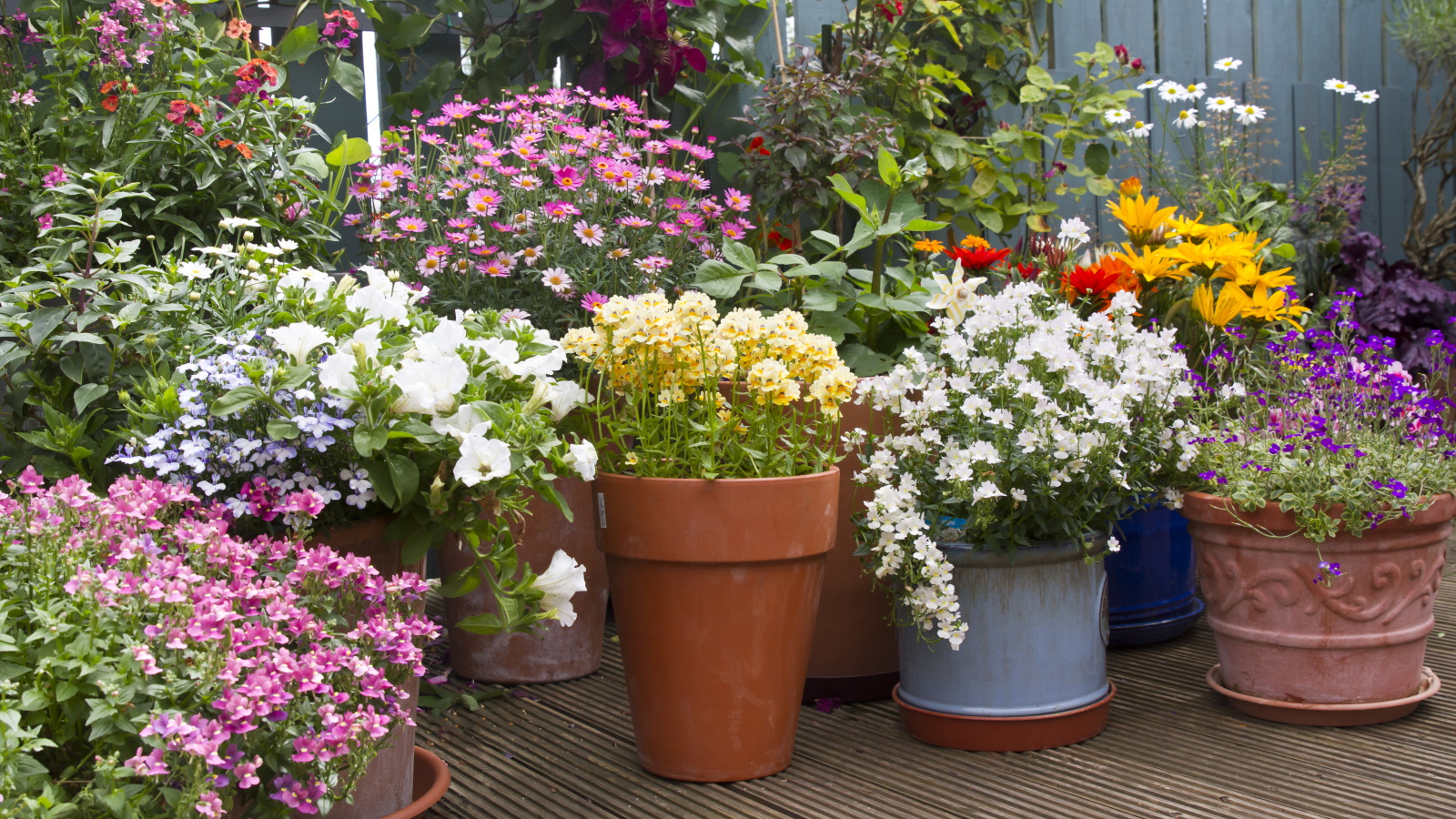 ALDI just restocked their smart-looking $4.99 self-watering planters for small container gardens, and it's the ideal solution for plant serial killers
ALDI just restocked their smart-looking $4.99 self-watering planters for small container gardens, and it's the ideal solution for plant serial killersThese highly-rated planters are perfect if you are time-poor, a novice gardener, or a frequent short-haul traveler
By Jennifer Ebert
-
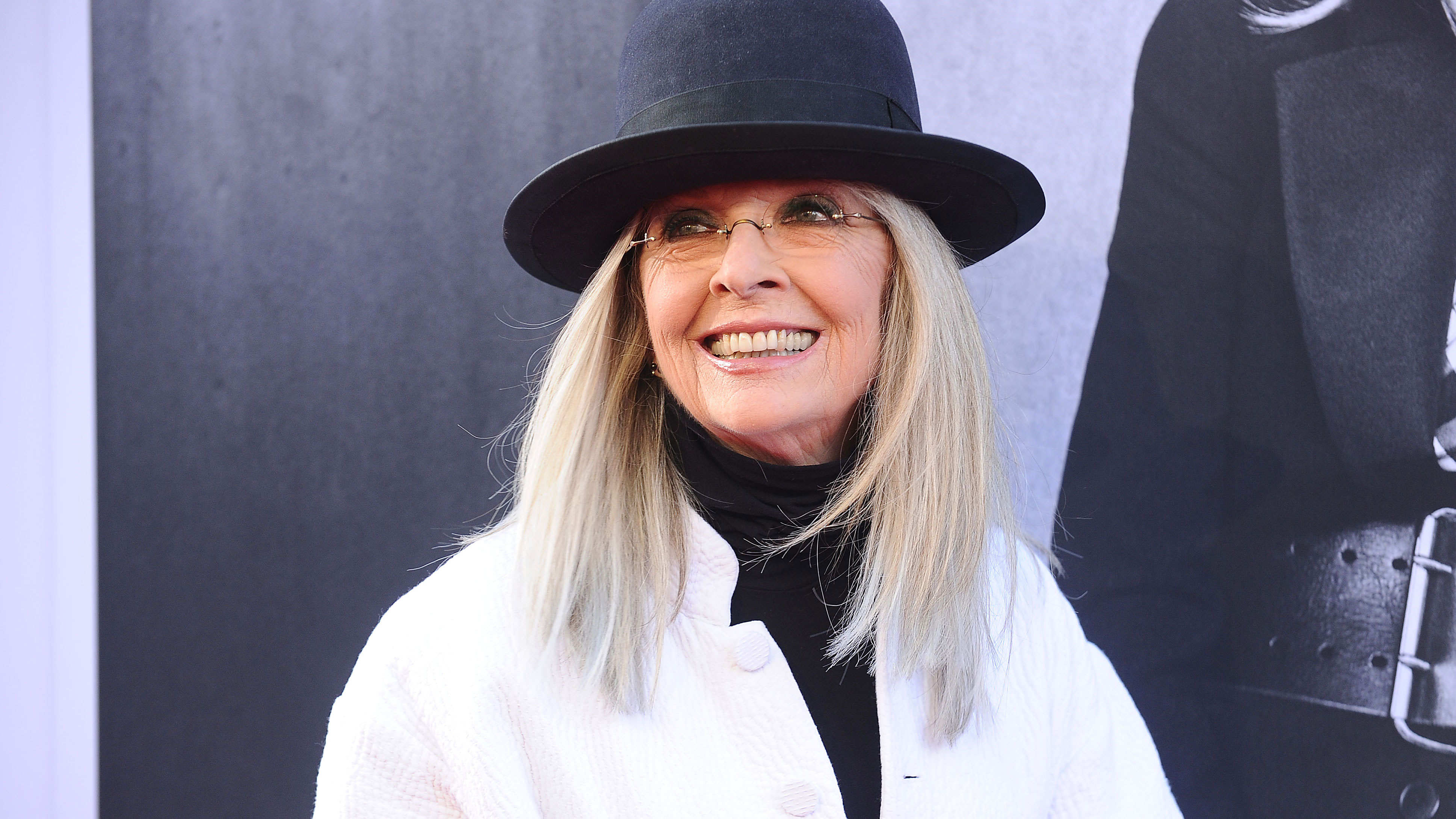 Diane Keaton's living room is proof that 'symmetry in interior design' is far from dated – this concept is still ingrained in our philosophy, but there's a twist
Diane Keaton's living room is proof that 'symmetry in interior design' is far from dated – this concept is still ingrained in our philosophy, but there's a twistSymmetry is a design trick used to create smart-looking spaces
By Jennifer Ebert